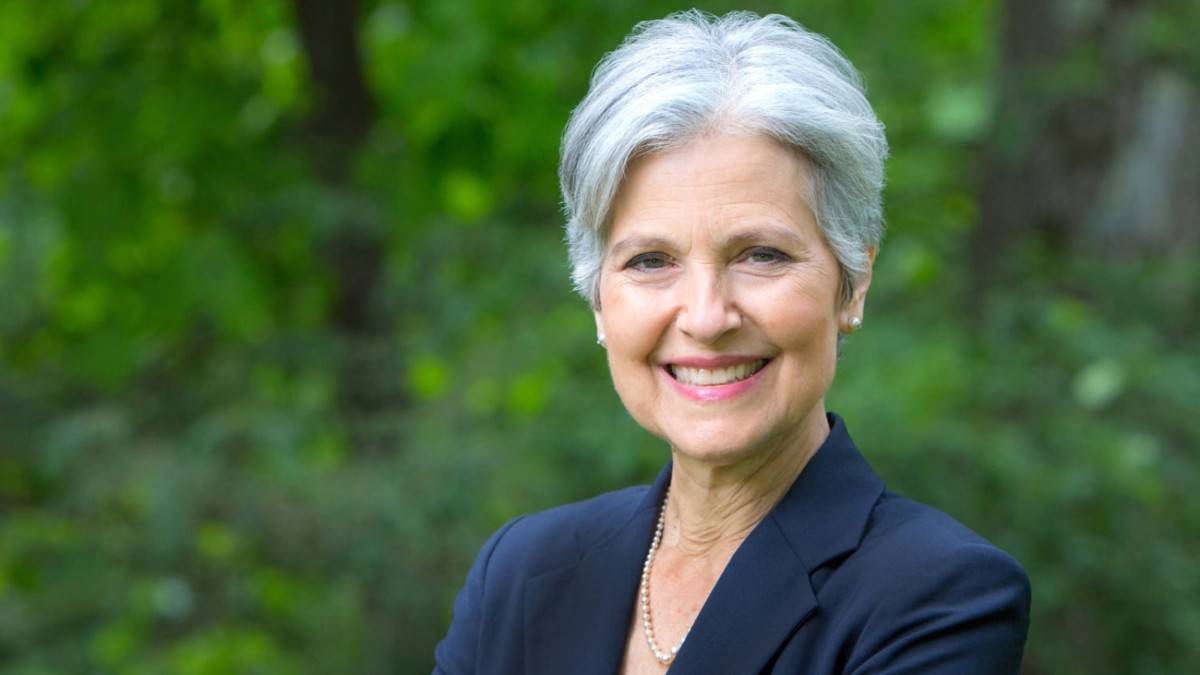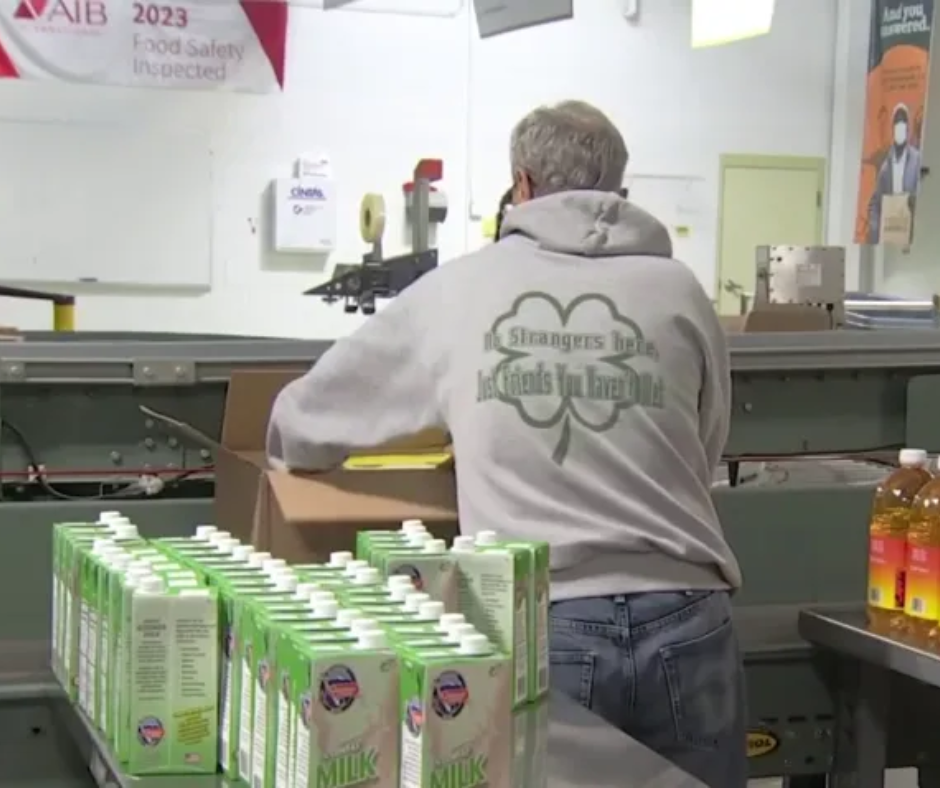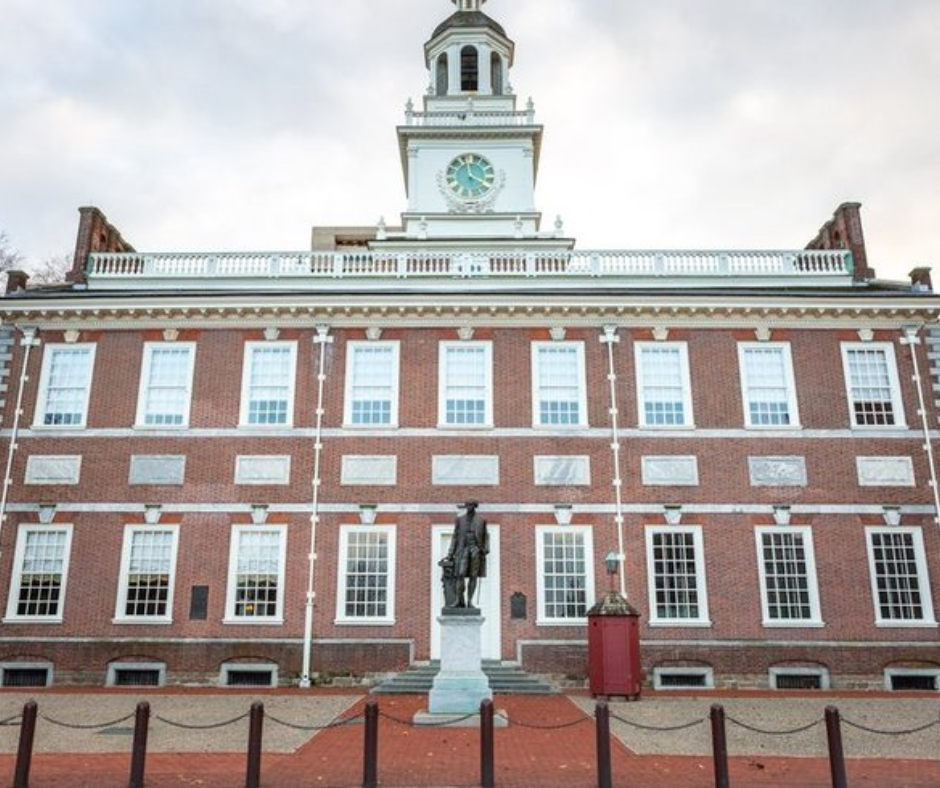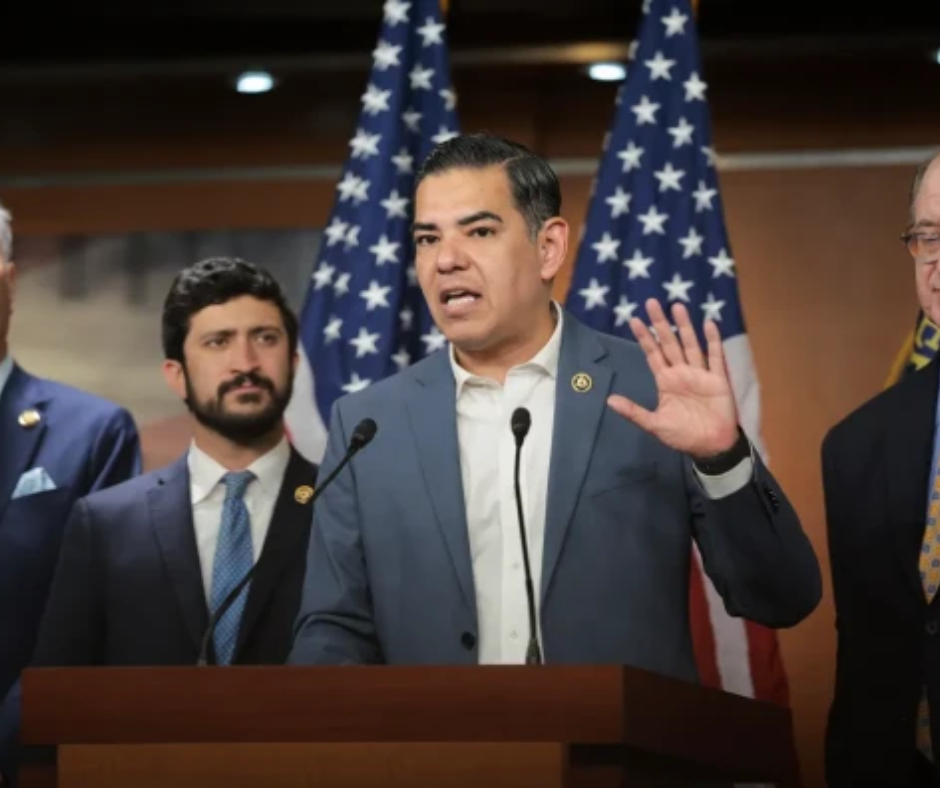
In a sudden legal twist, a Brooklyn judge has stopped the city’s unexpected move to dismantle a key section of the Bedford Avenue bike lane, citing concerns over legality, safety, and public notice. Just as city workers prepared to remove three blocks of protective barriers, the court issued a firm order, pressing pause on the plan. With a hearing now set for August, the battle over cyclist safety, street design, and community voices takes center stage — where law, caution, and public trust ride side by side.
STORY HIGHLIGHTS
-
Court Order: Judge Carolyn Walker-Diallo halts bike lane removal on Bedford Avenue; next hearing on August 6.
-
Legal Grounds: City accused of violating notice laws and acting without proper justification.
-
Public Reaction: Advocates and local residents welcome ruling as a stand for cyclist safety.
-
City’s Stance: DOT claims it’s a “reconfiguration,” not a removal, and safety will be preserved.
-
Neighborhood Tensions: Some community factions express concern over safety risks involving children.
-
Next Steps: A planned rally will proceed Wednesday evening despite the temporary pause.
In a significant legal development that has sparked citywide debate, a Brooklyn judge has issued a temporary restraining order halting New York City’s abrupt plan to remove a key section of a protected bike lane in Williamsburg. The decision, released early Wednesday morning, comes just as the Department of Transportation (DOT) was preparing to strip away protective features from three blocks of the Bedford Avenue bike lane — a stretch long considered critical for cyclist safety.
The lane, which runs between Willoughby and Flushing avenues, was at the center of controversy after the city announced — with virtually no notice — its intention to revert to a painted bike lane model. The order by Kings County Supreme Court Judge Carolyn Walker-Diallo not only bars any immediate action but also casts serious doubt over the city’s rationale, citing potential behavior that may be “arbitrary, capricious, and illegal.”
Judge Walker-Diallo has directed all parties involved to return to court on August 6 for further arguments, signaling that the plaintiffs may have a strong legal case.
The court’s decision followed an emergency lawsuit filed Tuesday evening by attorney Peter Beadle on behalf of Williamsburg resident Baruch Herzfeld and his 12-year-old son, both of whom use the bike lane regularly. Backed by advocacy group Transportation Alternatives, the suit argued that the city’s plan to dismantle the upgraded lane would pose immediate and irreversible dangers to cyclists — particularly children.
Though the protected lane was only completed in October 2024, the city’s sudden announcement on June 13, 2025, sparked confusion and criticism. The plaintiffs insist that New York City’s own administrative code — specifically Section 19-101.2 — mandates clear advance notice to local elected officials and the relevant community board. This notice is supposed to allow at least ten business days for those stakeholders to respond or request more information. According to the lawsuit, no such notification was given.
“This is about more than paint or plastic barriers,” said Herzfeld after the ruling. “This is about whether we as a city are going to take the safety of our children seriously — or cave in to pressure and shortcuts.”
The city, however, has defended its approach. According to court filings, the DOT maintains that the plan was not to eliminate the bike lane altogether, but to reposition it slightly within the existing road design. Officials also noted that key safety elements like pedestrian islands and enhanced intersections would remain untouched.
Still, many believe this so-called reconfiguration represents a step backward. The upgraded lane, which places cyclists behind physical barriers, has been credited with reducing conflicts between bikes, vehicles, and pedestrians. Reverting to painted lines, critics say, would strip away essential protections.
The debate over the Bedford Avenue lane has been simmering for years. While cycling advocates have hailed it as a lifesaving infrastructure improvement, some members of the local Hasidic Jewish community have raised concerns. At a town hall convened by the United Jewish Organizations of Williamsburg, residents shared emotional stories of children being injured after stepping into the path of oncoming cyclists — often darting out from between illegally parked cars or buses.
Rabbi David Niederman personally appealed to Mayor Eric Adams, who responded with a promise to listen and act on the community’s feedback. Yet, many were caught off guard by the city’s sudden decision to move forward with removal, particularly after years of public consultation and infrastructure investment.
The broader picture is more complicated. The city has previously promoted a new design concept known as “protected intersections,” which aims to improve visibility at corners by routing bike lanes behind pedestrian islands. While these designs hold promise in theory, their effectiveness relies heavily on driver compliance — something frequently undermined in neighborhoods like Williamsburg, where illegal parking is rampant and enforcement often lacking.
In the absence of proper daylighting — the practice of keeping corners clear to increase sightlines — pedestrians and cyclists alike remain at risk. This has left many unconvinced that removing protective barriers in exchange for painted lines and unproven design concepts is a wise trade-off.
A mayoral spokesperson, responding after the judge’s order, reiterated the administration’s position. “After several dangerous incidents — many of which involved children — the Adams administration listened to the community’s concerns and decided to reconfigure the bike lane to its original model while still maintaining safety measures,” the statement read. “We will address this matter in court where we are confident we will prevail.”
As the legal process unfolds, local residents, advocates, and cyclists are preparing to make their voices heard. A rally scheduled for Wednesday evening along Bedford Avenue is set to proceed, reflecting the strong emotions that infrastructure and safety decisions continue to stir in New York’s neighborhoods.
For now, the protected lane remains in place. But the debate over its future — and the city’s obligation to balance community feedback with data-driven safety measures — is far from over.
As legal proceedings pause the city’s swift attempt to alter the Bedford Avenue bike lane, the debate over urban safety, community input, and street design continues to intensify. While officials defend the move as a necessary adjustment, critics argue that abrupt decisions without proper notice endanger public trust and cyclist safety. With the court set to revisit the matter in August, the protected lane remains — for now — a symbol of the ongoing clash between policy, protection, and the people the streets are meant to serve.
Appreciating your time:
We appreciate you taking the time to read our most recent article! We appreciate your opinions and would be delighted to hear them. We value your opinions as we work hard to make improvements and deliver material that you find interesting.
Post a Comment:
In the space provided for comments below, please share your ideas, opinions, and suggestions. We can better understand your interests thanks to your input, which also guarantees that the material we offer will appeal to you. Get in Direct Contact with Us: Please use our “Contact Us” form if you would like to speak with us or if you have any special questions. We are open to questions, collaborations, and, of course, criticism. To fill out our contact form, click this link.
Stay Connected:
Don’t miss out on future updates and articles.








